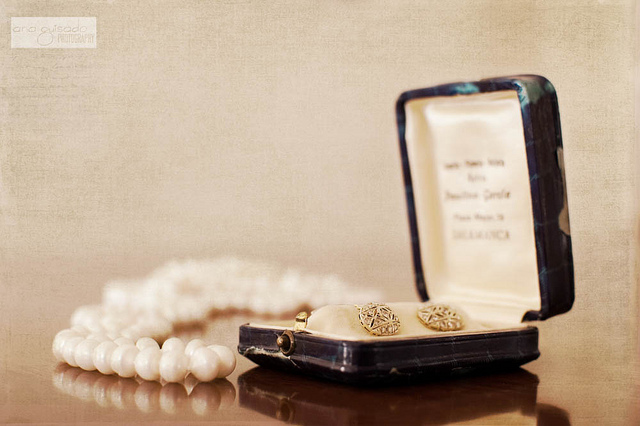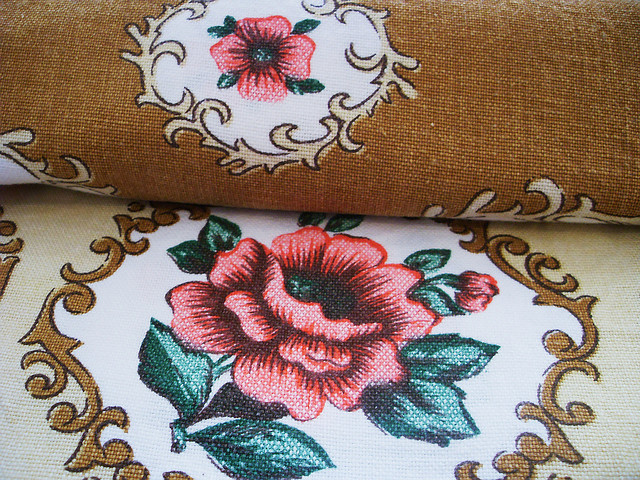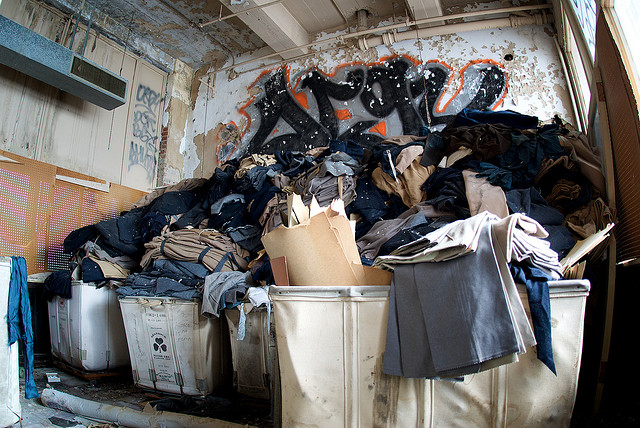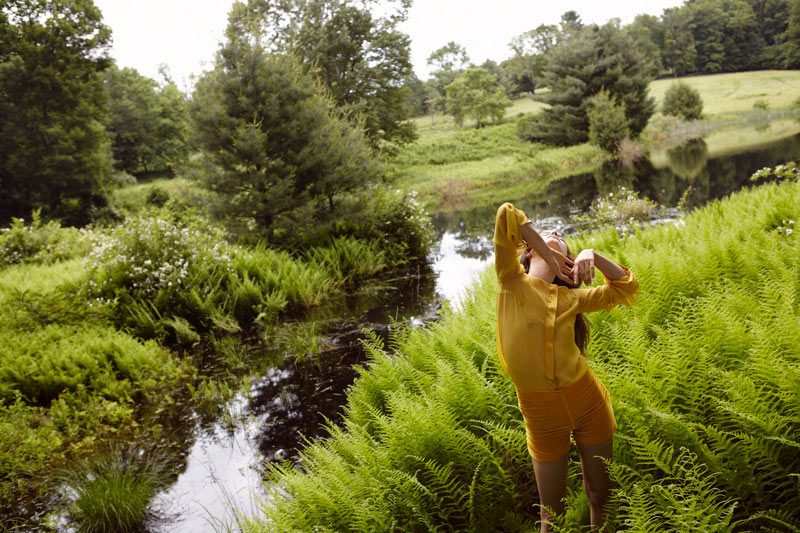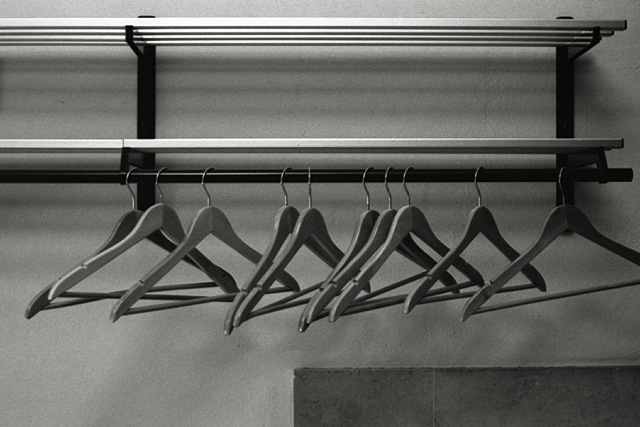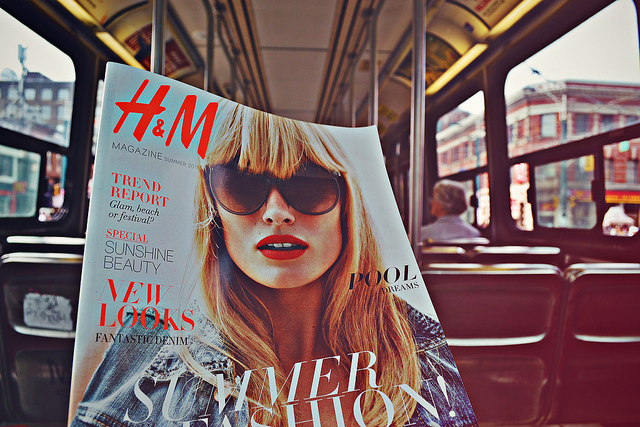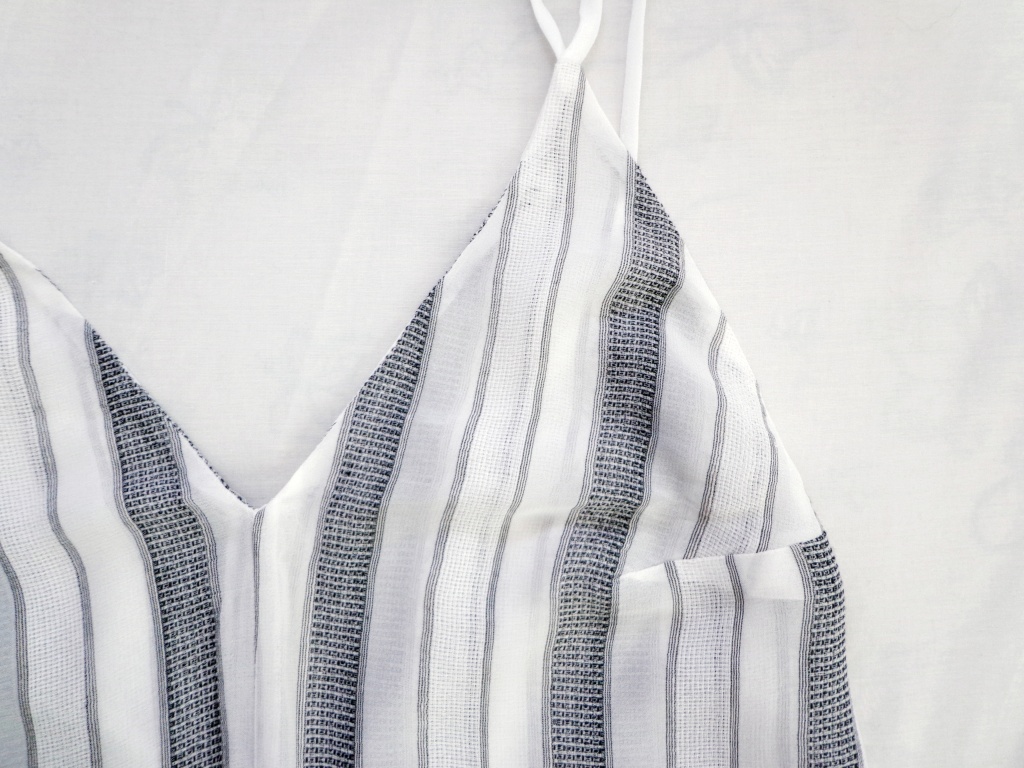These days, it seems like every shopper has commitment issues when it comes to their wardrobe. We all keep buying more and more clothes, bags, shoes and accessories, but it’s a one-way flow. Wardrobe space gradually decreases and then we start looking at where else we can store our clothes – maybe that involves taking up someone else’s wardrobe space or buying more storage units from IKEA. We get it. It’s hard to let go of something you like and have paid with your hard-earned money, and we all seem to think ‘hey, I’ll still wear this/what if I need it in the future/I’ll wear it once I lose/gain some weight’ when we find those items hiding in the dark corners of our wardrobes that only come to light when it’s time for a clean.
But let’s consider something.
If you haven’t worn something in 6 months, maybe it’s time to let that item go.
Why? There are a number of reasons, and it’s why we’ve turned a leaf over and have become advocates for the wardrobe cull (it’s still difficult to do, but entirely worth it, we promise.)
1. If you haven’t worn it in 6 months, will you really wear it in the future? Or will it disappear back into the dark corners of your closet, to be forgotten about for X amount of months? This specifically applies to items for every day wear, and not special occasion items like your formal dress (keep that for the uni balls you might be attending!)
2. Make some space. Your room/home will instantly look bigger (and you’ll feel better) once you’ve de-cluttered the piles of clothes lying on your bedroom floor (we’ve been there). The feeling after you’ve done a wardrobe cull, when you open your wardrobe and know that every single item in there is something you love and wear regularly, is worth it. Besides, the other people living with you will appreciate the extra space too, and it’s a great way to trick visitors into thinking you have fantastic organisation/cleaning skills!
3. Donate/Swap. Let someone else give it new life. Why not donate your unwanted/unused clothing to charity bins, your local thrift shop or participate in a clothes swap? As the saying goes, ‘one man’s trash is another man’s treasure.’ Let someone else give it new life — it won’t be missed, we guarantee it.
4. Make some extra money. Why not make some extra cash by selling your unwanted clothing online? That’s what we did when we first started wardrobe culling a few years ago. We sold a bunch of our things on eBay and while we didn’t reclaim the same amount of money that we spent buying the clothes in the first place, it was great to get something back and eye-opening to realise how much money we had wasted. Trust us, you can sell anything on eBay. There are lots of other selling platforms out there too, all you have to do is look and find the best one for you!
Here’s a great article if you want to read if you want more about culling your wardrobe.
Next time, we’ll share a few of our own personal experiences and why we’ve decided to join the slow fashion movement!
TTS x
